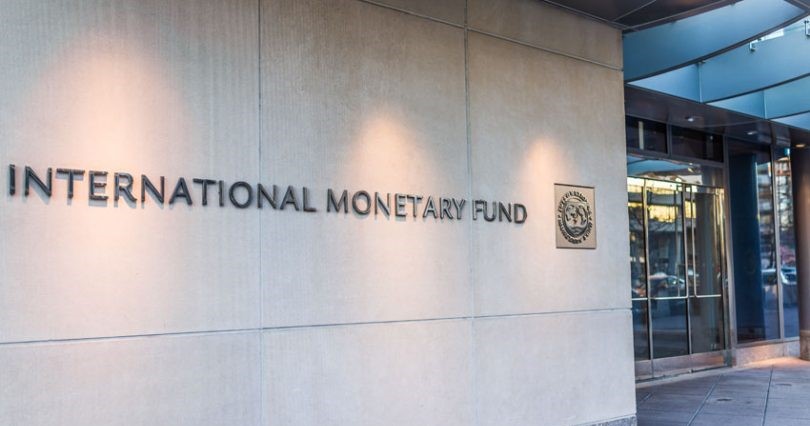
Food items may become even more expensive in the near future, for example, in the supermarket. A primary United Nations food cost index has risen to its highest level in a decade.
The indicator rose 1.2 percent in September and has already risen by about a third over an entire year. As a result, prices for almost all types of food have risen. This is, for example, due to a shortage of essential basic products such as vegetable oils, while the wheat crops have been affected by bad weather.
In addition, due to the sharply rising energy costs, many agricultural products are now also in danger of becoming more expensive. For example, growing vegetables in greenhouses require a lot of energy.
The rapidly rising prices occur in many countries, often much more severe than in the Netherlands. Another factor is that the rates for international transport have risen sharply due to disruptions in shipping. In addition, there are staff shortages in many countries because demand for production is recovering faster from the corona crisis than companies can hire extra staff.
Investors are concerned about high inflation. After all, that could encourage central banks to intervene by phasing out their support policy more quickly, and investors would rather not see that happen. For many poorer countries, however, greater problems threaten.
They are sometimes very dependent on food imports and can therefore feel the price increases extra hard. Hunger has also been a major problem there for some time, and this threatens to only get worse due to higher food prices.
